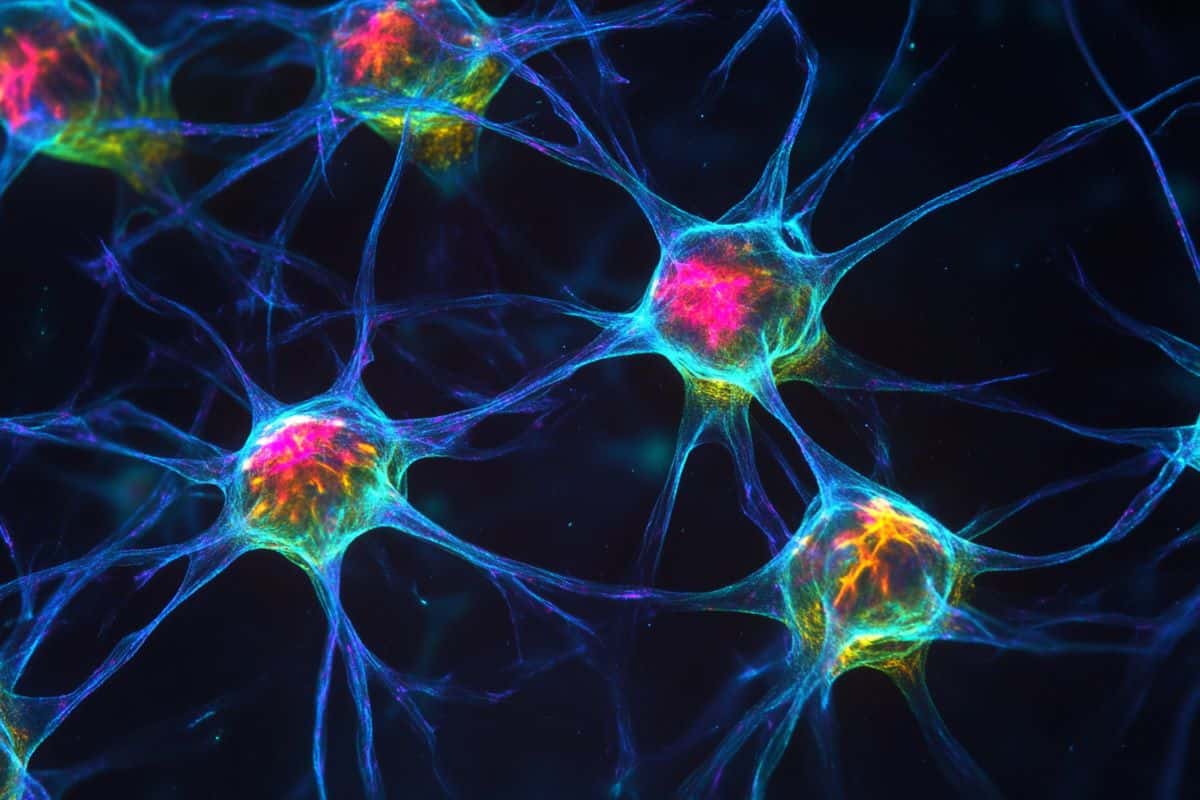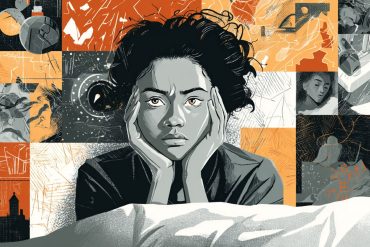Summary: Astrocytes, previously known for supporting nerve cells, have been identified as key regulators of stress responses in the lateral septum of the brain. Researchers demonstrated that astrocytes release adenosine to suppress nearby nerve activity when exposed to stress-inducing stimuli.
This groundbreaking finding reveals that astrocytes interact dynamically with neurons to influence fear, anxiety, and social behaviors, varying based on the stress type and brain region. These insights pave the way for novel therapies targeting astrocyte functions to treat mental health disorders like anxiety and depression.
The study, a collaboration between global neuroscience experts, highlights the molecular and neural roles of astrocytes in stress regulation. This work opens promising avenues for understanding and addressing neuropsychiatric conditions through astrocyte-focused interventions.
Key Facts:
- Astrocytes regulate stress by releasing adenosine, dampening neuron activity.
- Their responses vary by stress type and brain location, showcasing adaptability.
- This discovery may lead to therapies targeting astrocyte-neuron interactions to treat stress-related disorders.
Source: DGIST
Researchers have discovered that astrocytes play an important role in regulating stress responses in the lateral septum in the brain. It is expected to provide new clues for mental health treatments.
The study was published in Nature Communications on November 21.

When exposed to threatening or unpleasant stimuli, our bodies react with a variety of physical responses, including the release of stress hormones, activation of the sympathetic nervous system, and stress-avoidance behaviors.
However, excessive or prolonged stress can lead to a number of diseases, including neuropsychiatric disorders such as anxiety and depression.
Astrocytes are tiny, star-shaped cells that support nerve cells in the brain and were previously thought to serve only this supportive role. The lateral septum, a part of the brain, plays the role of regulating a variety of behaviors, including fear responses, anxiety, and social behavior.
Previous research suggested that neurons were primarily responsible for this role. However, it was unclear how important astrocytes are in the stress response.
Through rat experiments, Prof. Lee Hyo-sang’s research team found that when astrocytes are exposed to stress-inducing stimuli, the intracellular calcium concentration increases and a signaling substance called adenosine is released, which suppresses the activity of neighboring nerve cells.
The research team also found that astrocytes can respond differently depending on the type of stressful experience and can act in distinct ways depending on their location in the brain.
For the first time, the research team has identified the mechanism by which astrocytes sense stress, interact with nerve cells, and regulate their response. This elucidates the role of astrocytes at the molecular and neural circuit levels and allows a more precise approach to understanding the stress response.
The findings open up the possibility of developing new treatments for stress, anxiety, and depression by targeting astrocytes. It is expected to aid in the development of technologies or drugs that regulate the interaction between astrocytes and nerve cells.
“Through this study, we have learned that astrocytes play a key role in stress and emotion regulation,” said Prof. Lee.
“We hope to contribute to the development of treatments for mental disorders based on this research.”
The effort was a collaboration with the research team led by Prof. Lee of the Department of Brain Sciences, DGIST and the team of Prof. Choi Sae-Young of Seoul National University School of Dentistry.
About this neurosicence research news
Author: Kain Seo
Source: DGIST
Contact: Kain Seo – DGIST
Image: The image is credited to Neuroscience News
Original Research: Open access.
“Astrocytic inhibition of lateral septal neurons promotes diverse stress responses” by Kain Seo et al. Nature Communications
Abstract
Astrocytic inhibition of lateral septal neurons promotes diverse stress responses
Inhibitory neuronal circuits within the lateral septum (LS) play a key role in regulating mood and stress responses. Even though glial cells can modulate these circuits, the impact of astrocytes on LS neural circuits and their functional interactions remains largely unexplored.
Here, we demonstrate that astrocytes exhibit increased intracellular Ca²⁺ levels in response to aversive sensory and social stimuli in both male and female mice.
This astrocytic Ca²⁺ elevation inhibits neighboring LS neurons by reducing excitatory synaptic transmissions through A1R-mediated signaling in both the dorsal (LSd) and intermediate LS (LSi) and enhancing inhibitory synaptic transmission via A2AR-mediated signaling in the LSi.
At the same time, astrocytes reduce inhibitory tone on distant LS neurons. In the LSd, astrocytes promote social avoidance and anxiety, as well as increased heart rate in socially stressed male mice.
In contrast, astrocytes in the LSi contribute to elevated heart rate and heightened blood corticosterone levels in unstressed male mice.
These results suggest that the dynamic interactions between astrocytes and neurons within the LS modulate physiological and behavioral responses to stressful experiences.






